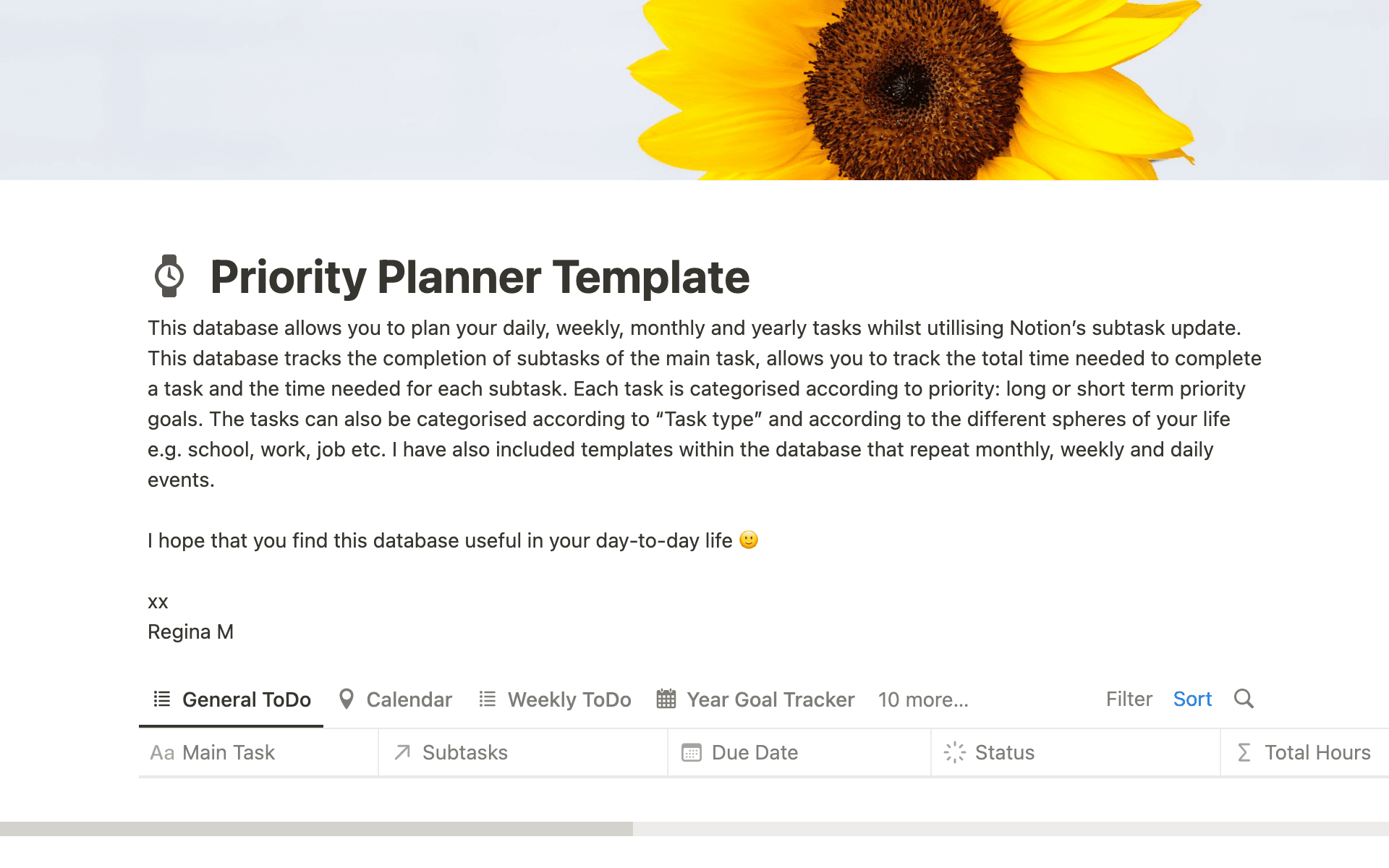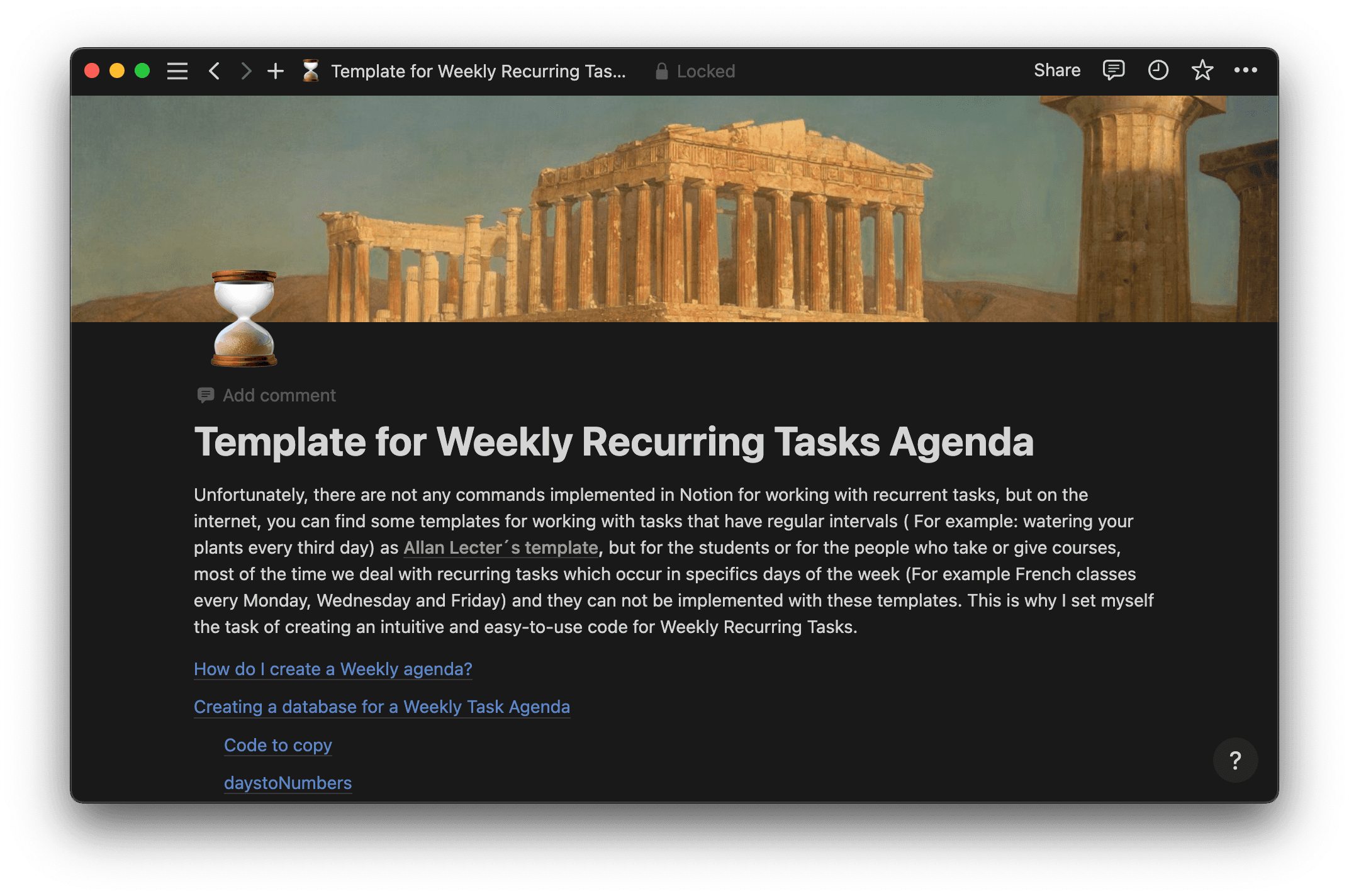Imagine starting your workday with a long to-do list and urgent deadlines. As the day progresses, you constantly switch between tasks while you struggle to focus. Before you know it, the day ends and your checklist is somehow longer.
Though you try your best, you might struggle to progress on your tasks if you’re not blocking out sets of time for each item. Without time blocking, your workday can quickly spiral into chaos, leaving you feeling unproductive and overwhelmed.
What’s time blocking?
Time blocking involves scheduling specific blocks of time for different tasks throughout your day. You start by identifying how long it takes to complete common tasks — answering emails, filing documents, brainstorming sessions — and then block out enough time for each. This strategic planning helps remove distractions like spontaneous meetings and increases the chance of allocating your time wisely instead of wasting it on the wrong things.
Finding the right balance between work and leisure time is harder than ever these days, when we can get emails and pings at every hour of the day. But you can regain control over your workday with time blocking that creates a structured action plan.
Let's revisit the multitasking scenario from before. Using time blocking in this example, you allocate time for each task on your to-do list, scheduling focus time for important projects while allotting breaks for self-care. You find it easier to focus on the task at hand, since you already know you have enough time later to complete other items. And if unexpected interruptions arise, you can schedule them in a later block, even if it's designated as “Things that came up,” so you’re able to address them while still protecting your time.
4 benefits of time blocking
Allocating dedicated time for specific activities adds structure and focus to your workday so you can enjoy improved productivity and efficiency. Let’s dig into these benefits and more.
1. Improved workflow
Since time blocking involves prioritizing tasks, you’ll improve your workflow by creating a strategic, step-by-step plan for each day, week, and month. This can increase your productivity since you know what to work on when and won’t become as easily distracted or overwhelmed, knowing that you’ve set aside time for everything.
2. Minimized procrastination
Time blocking helps you avoid procrastination because you want to honor what you’ve set for each block. After all, delaying one task pushes your whole schedule back. In this sense, time blocking increases accountability and reduces your tendency to put off tasks, since the consequences of delay are so clear — and so high.

3. Reduced distractions
Since distractions result in delays that disrupt your daily schedule, you might feel incentivized to remove anything that distracts you. This includes turning off notifications, closing unnecessary tabs, and minimizing interruptions. Giving your undivided attention to the task at hand should increase your work performance.
4. Increased quality
Reducing multitasking and promoting an intense focus on one task at a time can, and probably will, produce work of higher quality. This focus can also reduce the number of errors you make as you complete each task.
Time blocking variations
Time blocking is a general technique with numerous methods which you can customize to suit your preferred working style. Here are some popular variations:
Day theming — dedicate specific days of the week to particular themes or task types to increase your focus and avoid irrelevant distractions. You might designate Mondays for meetings and communication, Tuesdays for focused project work, Wednesdays for personal development, Thursdays for cold emailing potential clients, and Fridays for miscellaneous work.
Timeboxing — the classic time blocking method involves allocating fixed time blocks for each task, like 30 minutes for replying to emails, one hour for working on a report, and a 20-minute break. This promotes a sense of urgency, since you need to complete tasks within tight time constraints, and ensures you don’t forget about important items.
Task batching — group similar items together and allocate time blocks to complete them in batches. You might dedicate a time block for responding to customer queries in your inbox or on social media, another for making phone calls and sending emails to vendors, and a third for reviewing documents from your reports. This method helps you streamline work on similar tasks, reducing context switching and increasing efficiency.
How to start time blocking: 6 steps
With a bit of planning, time blocking can be a powerful tool for improving your productivity and time management. Follow these six steps to start time blocking in a systematic and organized manner:

Identify the tasks you need to work on — create a list of items you must complete during a specific period (day, week, month). This might include work-related tasks, personal appointments, and other commitments.
Estimate how much time each task should take — be realistic and consider factors like complexity, resources needed, and your productivity levels. This will help you allocate appropriate time blocks for each item. Consider performing a time audit if you’re not sure how long your tasks typically take.
Squeeze in some flex time — remember to include buffer time in your time-blocking schedule for unexpected delays to ensure you stay on track even when interruptions occur (which they will). Consider it an incentive to get through your tasks without delays, since you get a break if nothing comes up.
Plan your time blocks — based on your task list and time estimates, use a time-blocking calendar or tool like Notion to allocate periods for each task.
Block off downtime — it's important to include free time in your schedule to avoid burnout and ensure you prioritize self-care and relaxation. This differs from buffers, which you might use for work. Schedule exercise, leisure activities, and meals to maintain a healthy work-life balance. Set clear boundaries for your start and end times, too, so you aren’t tempted to work into the evening or log on early.
Make changes as needed — time blocking is a dynamic practice, and it's important to be flexible and adaptable. As you start time blocking, you might realize that certain tasks take more or less time than expected, or that your schedule needs adjustments. Be open to making changes to optimize your time blocking system.
Stay on schedule with Notion
The best thing about time blocking is that it forces you to be intentional with your time. Instead of feeling like you have no idea where your day has gone, you’ll understand how long each task takes and plan accordingly to feel more in control.
If you’re ready to try this time management method, start with a Notion time-blocking template, like a priority planner, daily tracker, or daily to-do list. Or search the template gallery for something that perfectly suits your needs.







